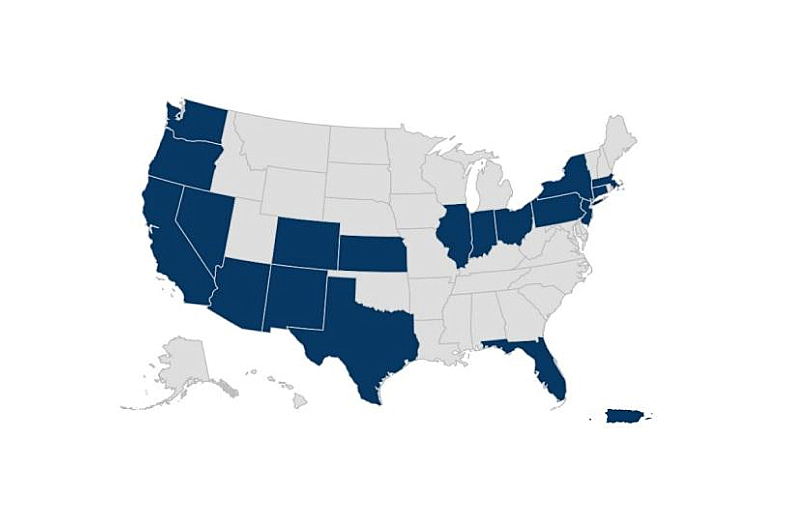

More Latinos are going to college, but they’re doing it at a small number of schools, according to a new analysis from Excelencia in Education released this week.
The analysis showed two-thirds of Latino undergraduate college students attend one of 435 Hispanic-serving institutions — about 13 percent of all colleges and universities. And most of those are in five states and Puerto Rico. (The ”Hispanic-serving institution” distinction is given to schools that qualify for federal Title V funding because at least 25 percent of all students are Latino.)
The number of HSIs, as they’re commonly referred to, grew by 26 institutions over the previous school year, but schools in three states – Louisiana, Tennessee and Virginia — fell below the enrollment threshold, so the number of states with HSIs declined from 21 to 18.
In an interview with NBC News, Excelencia’s chief operating officer and vice president for policy, Deborah Santiago, said the 10 HSIs with the highest Latino student populations are located in states with large Latino populations — Florida, Texas and California – and enroll 9 percent of Hispanic students.
But the report also points out that 310 institutions in several states without large Latino populations are emerging HSIs, or schools where the full-time student population is 15 to 24 percent Latino. So states like Idaho, Wyoming and Wisconsin could soon be added to the list.
“The rate in the growth of HSIs is in some ways consistent with the growth of the Latino population but the concentration of Latinos at this small number of institutions … also reflects the limited effectiveness of other institutions, who are not HSIs, to recruit and enroll Latino students,” Santiago told the National Journal.
“These are students who need support services and academic advising,” she said, stressing the need for institutions to focus not only on enrollment, but also graduation rates. And in some places, she noted, this is happening.
Source: “Hispanic-Serving Institutions (HSIs): 2014-15,” Excelencia in Education
